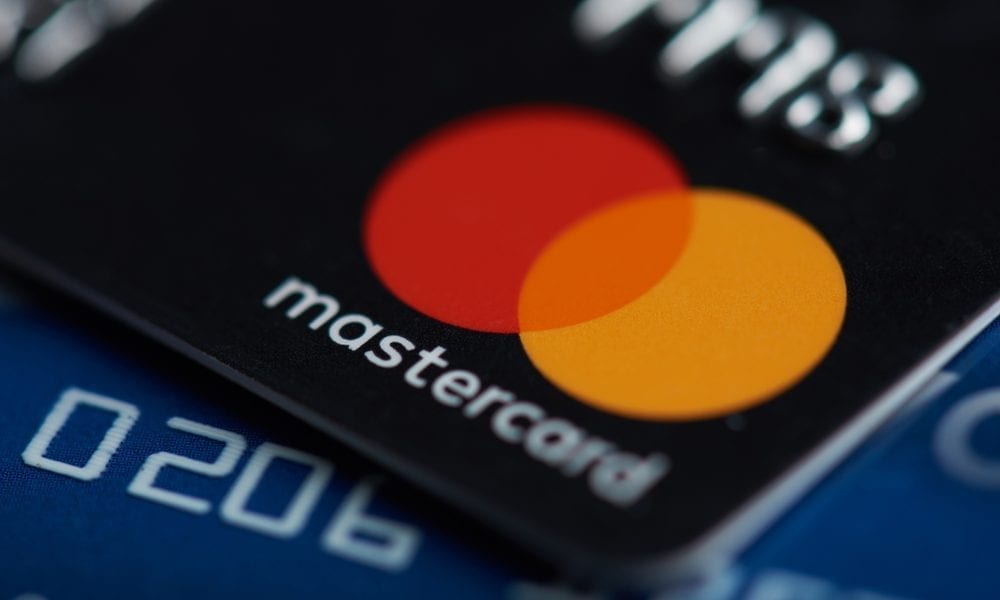
TL;DR Breakdown
- Mastercard launched a CBDC Partner Program with blockchain leaders to innovate in digital currencies.
- CBDCs are digital fiat currencies backed by governments, with 93% of central banks exploring them.
- The program aims to understand and implement CBDCs safely, signaling a growing interest in digital currencies,
Mastercard has taken a significant step in the digital currency industry by launching its CBDC Partner Program. The program aims to foster collaboration with key blockchain and payment service industry players to drive innovation and efficiencies in implementing central bank digital currencies (CBDCs).
Mastercard convenes leading blockchain and payment providers
Mastercard’s CBDC Partner Program aims to bring a greater understanding of the benefits and limitations of CBDCs and how to implement them in a safe, seamless, and useful way. The inaugural set of partners includes CBDC platform Ripple, blockchain and Web3 software company Consensys, multi-CBDC and tokenized assets solution provider Fluency, digital identity technology provider Idemia, security technology group Giesecke+Devrient, and digital asset operations platform Fireblocks.
Their efforts include Fluency’s work to build interoperability among different CBDCs, Consult Hyperion’s work with central banks and payment processors to define their CBDC requirements, and Ripple’s launch of an inaugural government-issued national stablecoin in collaboration with the Republic of Palau.
Raj Dhamodharan, head of digital assets and blockchain at Mastercard, emphasized the importance of payment choice and interoperability across different ways of making payments. He stated that it would be essential that the value held as a CBDC is as easy to use as other forms of money.
CBDCs gain momentum: 93% of central banks engaged in digital currency exploration
Central banks worldwide have been exploring ways to issue their own digital currencies for years. Unlike cryptocurrencies, CBDCs are essentially a digital version of fiat currency backed by a government, making them far less speculative. According to the Bank for International Settlements, 93% of central banks are engaged in some form of work on CBDCs, and four retail CBDCs are already in full live circulation.
The CBDC landscape is complex, with many questions that central banks need to consider, including the role of the private sector in CBDC issuance, security, privacy, and interoperability. The Bank of Ghana, for example, wants to use CBDCs to bring more of its citizens into the formal financial economy, while the Swedish central bank is concerned about preserving consumers’ access to money directly backed by the central bank.
Mastercard’s CBDC Partner Program aims to help central banks understand how to develop a CBDC that adds something new and valuable to the economy. Jesse McWaters, who leads global regulatory advocacy at Mastercard, emphasized the importance of assembling the strengths, deep expertise, and different capabilities of these partners to drive innovation in the central banking community.
The launch of Mastercard’s CBDC Partner Program marks a significant milestone in the ongoing evolution of digital currencies. By convening leading technology and payment service providers, Mastercard is positioning itself at the forefront of the digital currency landcape, contributing to the safe and seamless integration of CBDCs into the global financial system.
Disclaimer. The information provided is not trading advice. Cryptopolitan.com holds no liability for any investments made based on the information provided on this page. We strongly recommend independent research and/or consultation with a qualified professional before making any investment decisions.



